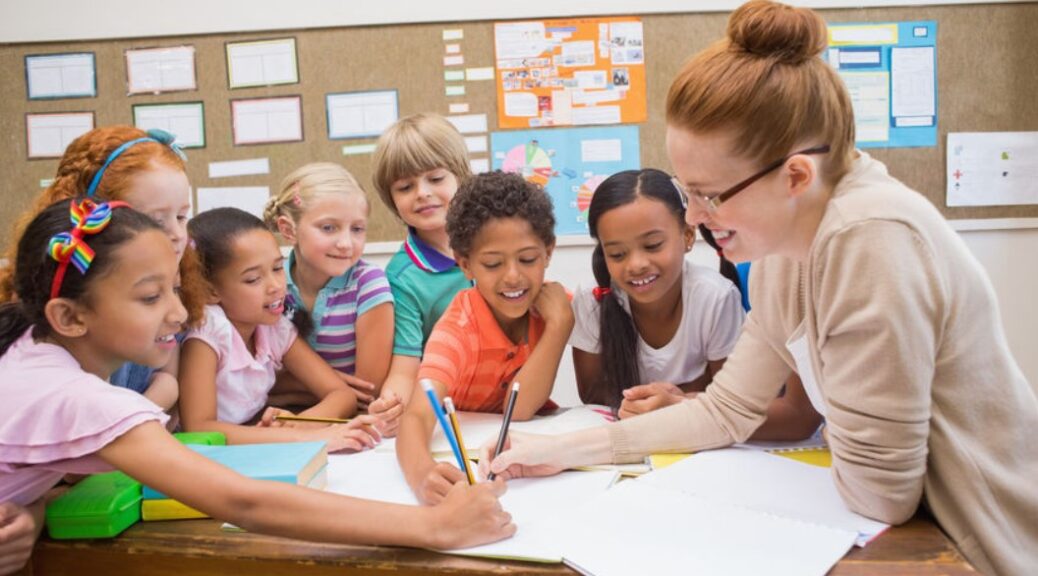In today’s rapidly evolving world, education is not confined to the four walls of a classroom. Community-based learning (CBL) is emerging as a transformative approach that bridges the gap between academic learning and real-world experiences. This educational strategy involves students actively participating in community service and local projects, fostering a deeper understanding of societal needs while enhancing their academic and personal growth.
Understanding Community-Based Learning
Community-based learning integrates experiential learning with community service, encouraging students to apply classroom knowledge to real-world situations. This approach not only enhances academic skills but also develops critical thinking, problem-solving abilities, and civic responsibility. By engaging with community issues, students gain a broader perspective of the world, recognizing the interconnectedness of academic theories and societal challenges.
Benefits of Community-Based Learning
- Enhanced Academic Engagement: CBL promotes active learning, encouraging students to engage with their subjects in meaningful ways. By participating in projects that address real community issues, students can see the practical applications of their studies, leading to a deeper understanding and retention of knowledge.
- Development of Social Skills: Interacting with diverse groups in the community helps students develop essential social skills, such as communication, teamwork, and empathy. These interactions often expose students to different perspectives, enhancing their ability to work collaboratively and respectfully with others.
- Increased Civic Responsibility: CBL fosters a sense of civic duty and social responsibility. Students learn the importance of contributing to their communities and become more aware of social issues, inspiring them to take active roles in addressing societal challenges.
- Personal Growth: Engaging in community service can be a transformative experience for students, building confidence and self-esteem. It provides opportunities for students to explore their interests and passions, often leading to personal and professional growth.
Implementing Community-Based Learning
To effectively implement community-based learning, schools must establish strong partnerships with local organizations and community leaders. Collaboration between educators and community partners is crucial to designing projects that are mutually beneficial and aligned with educational goals. Schools can incorporate CBL into the curriculum through various approaches, such as service-learning projects, internships, and community research initiatives.
Service-Learning Projects
Service-learning projects integrate community service with academic coursework, allowing students to apply classroom knowledge to community issues. These projects can range from environmental conservation efforts to social justice initiatives, providing students with hands-on experience while benefiting the community.
Internships and Work Placements
Internships and work placements in local organizations offer students the opportunity to gain practical experience in their fields of interest. These experiences not only enhance students’ understanding of their chosen careers but also strengthen their professional networks and employability.
Community Research Initiatives
Community research initiatives involve students in investigating local issues and developing solutions in collaboration with community members. This approach encourages students to use their research skills to address real-world problems, fostering a sense of ownership and responsibility for their community.
Challenges and Considerations
While community-based learning offers numerous benefits, it also presents challenges that schools must address. Coordinating logistics, ensuring safety, and aligning projects with academic objectives require careful planning and collaboration. Additionally, educators must be prepared to facilitate discussions and reflections that help students connect their experiences to academic and personal growth.
Conclusion
Community-based learning is a powerful educational approach that bridges the gap between school and society. By involving students in community service and local projects, CBL enriches their academic experience and prepares them to become active, responsible citizens. As educators and community leaders work together to implement this approach, they create a more interconnected and engaged society where students can thrive both academically and personally.
